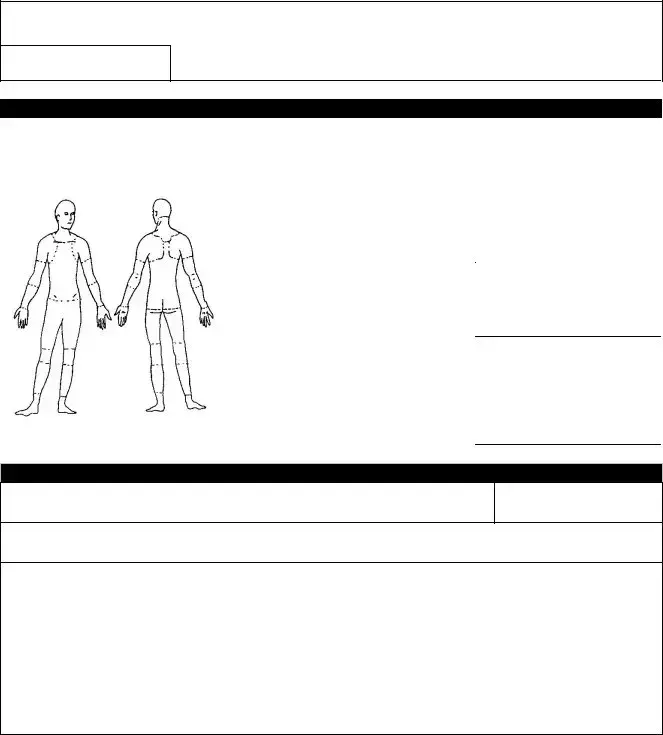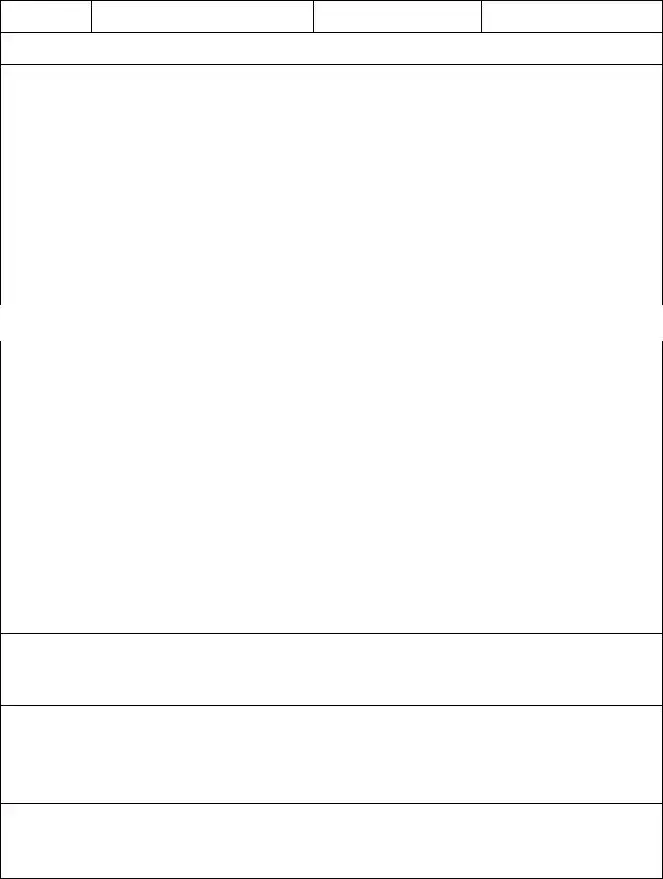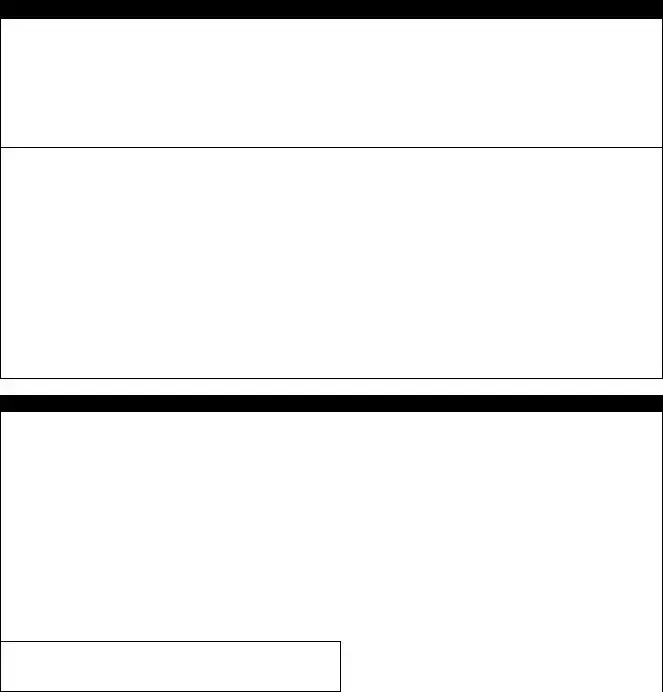What is an Employee Accident Report form?
An Employee Accident Report form is a document used by businesses to record any accidents involving employees in the workplace. It collects information about the incident, such as the date, time, individuals involved, and a detailed account of the event. This form helps in documenting the circumstances to address safety concerns and comply with legal requirements.
When should an Employee Accident Report form be completed?
This form should be completed immediately after an accident occurs in the workplace. Prompt reporting ensures accurate recollection of events and initiates the process for any necessary investigations or interventions to prevent future incidents.
Who fills out the Employee Accident Report form?
Typically, the employee who experienced the accident completes the form. However, if the employee is unable due to the severity of injuries, a supervisor or a witness may fill out the form on their behalf, ensuring it captures an accurate account of the incident.
What information is needed for an Employee Accident Report?
The form requires details such as the date, time, and location of the accident, a description of what happened, injuries sustained, and names of witnesses. It may also ask for the employee's personal reflections on the cause of the accident and suggestions for preventing similar incidents.
Why is an Employee Accident Report form important?
This form is crucial for identifying hazards or unsafe working conditions, allowing employers to make necessary changes to improve workplace safety. It also serves as a key document in legal and insurance matters related to workplace accidents.
How is the completed Employee Accident Report form used?
Once completed, the form is reviewed by management and safety personnel to understand the accident's circumstances and determine any corrective actions. It also becomes part of the employee's record and may be used in workers' compensation claims, insurance claims, or legal actions.
Are Employee Accident Report forms confidential?
Generally, the information on these forms is treated confidentially, shared only with individuals directly involved in managing workplace safety, legal, or insurance matters. Confidential treatment helps in encouraging honest reporting without fear of undue repercussions.
What should an employee do if they're unsure about any information required on the form?
If an employee is uncertain about how to complete any part of the form, they should consult their supervisor or the human resources department. These resources can provide guidance on accurately and effectively documenting the incident.



